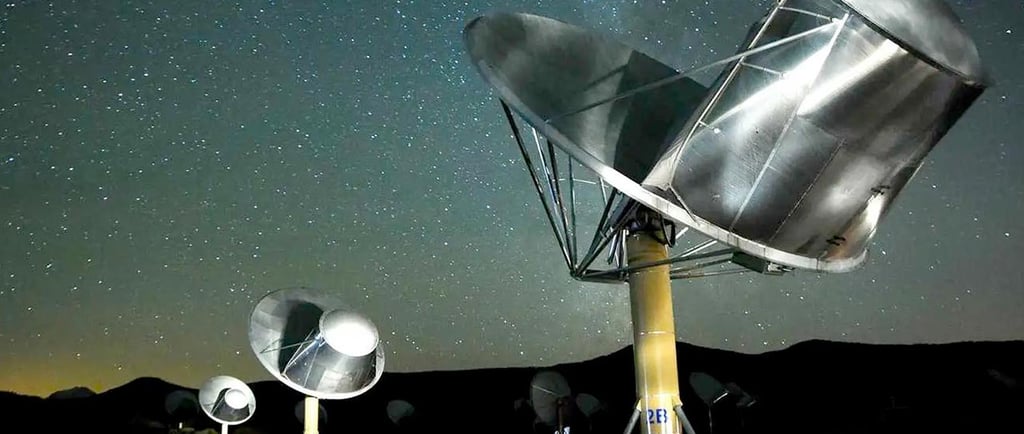Harnessing AI at SETI: Identifying Interstellar Signals with NVIDIA Holoscan


Introduction to SETI and AI Technologies
The Search for Extraterrestrial Intelligence (SETI) Institute stands on the frontier of modern astronomy and technology, employing advanced computational methods to explore the cosmos. The integration of artificial intelligence (AI) with data analysis is transforming how researchers identify interstellar radio waves and signals, particularly those emitted by distant pulsars. By leveraging NVIDIA Holoscan, SETI researchers are equipped with unparalleled tools that enhance their ability to sift through vast amounts of data.
The Role of AI in Analyzing Interstellar Radio Waves
Artificial intelligence plays a critical role in processing the complex and voluminous data gathered from radio telescopes. Traditional methods of signal detection, while effective, may not be sufficient when faced with the sheer scale of information generated in astrophysical research. By utilizing AI computing at the SETI Institute, scientists harness deep learning algorithms to identify patterns that may indicate the presence of extraterrestrial signals.
Through the implementation of NVIDIA Holoscan, researchers can enhance their computational capabilities. Holoscan’s advanced architecture allows for the real-time processing of multi-dimensional data streams, making it an ideal choice for analyzing the faint whispers of radio waves from pulsars located light-years away. These advancements permit the rapid identification of potential signals that would otherwise go unnoticed in the noise of cosmic background radiation.
Impact of NVIDIA Holoscan in SETI’s Research
NVIDIA Holoscan not only increases the efficiency of data analysis but also enhances the accuracy of detecting potential signals. This state-of-the-art technology enables the SETI Institute to conduct exploratory research at a magnitude and speed previously deemed unattainable. Additionally, the platform's ability to integrate with existing astronomical tools allows for a seamless transition to a more robust analytical approach.
As a result, researchers at SETI can focus on refining their techniques for filtering data, enhancing clarity, and categorizing signals. AI-driven models are trained on existing datasets, improving their understanding of what constitutes an anomalous reading. This deep learning approach, combined with Holoscan’s computational prowess, has positioned the SETI Institute as a leader in the quest to uncover the mysteries of the universe.
In conclusion, the collaboration between artificial intelligence and the SETI Institute, coupled with the powerful processing capabilities of NVIDIA Holoscan, marks a significant evolution in the search for interstellar communications. As technology advances, the prospects of distinctly identifying signals from pulsars become increasingly attainable, reigniting hope in the search for extraterrestrial life.
